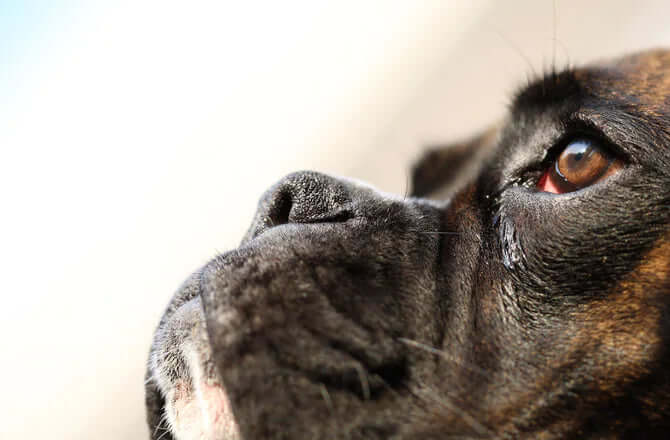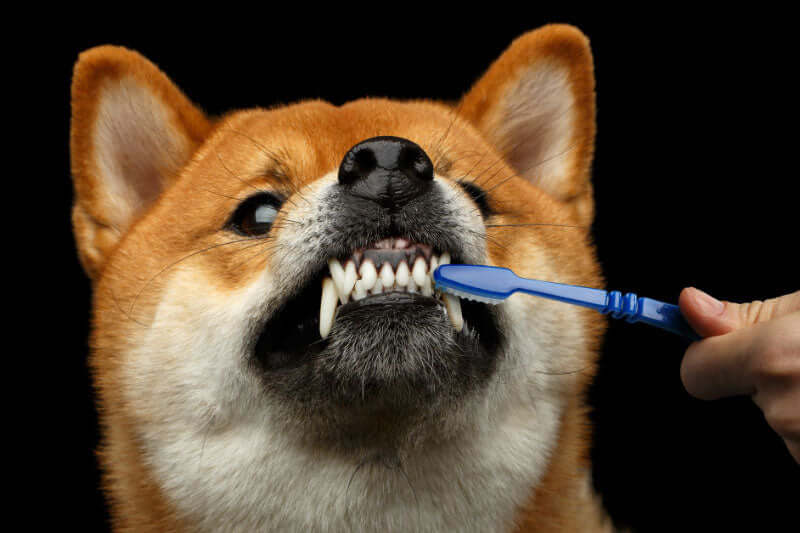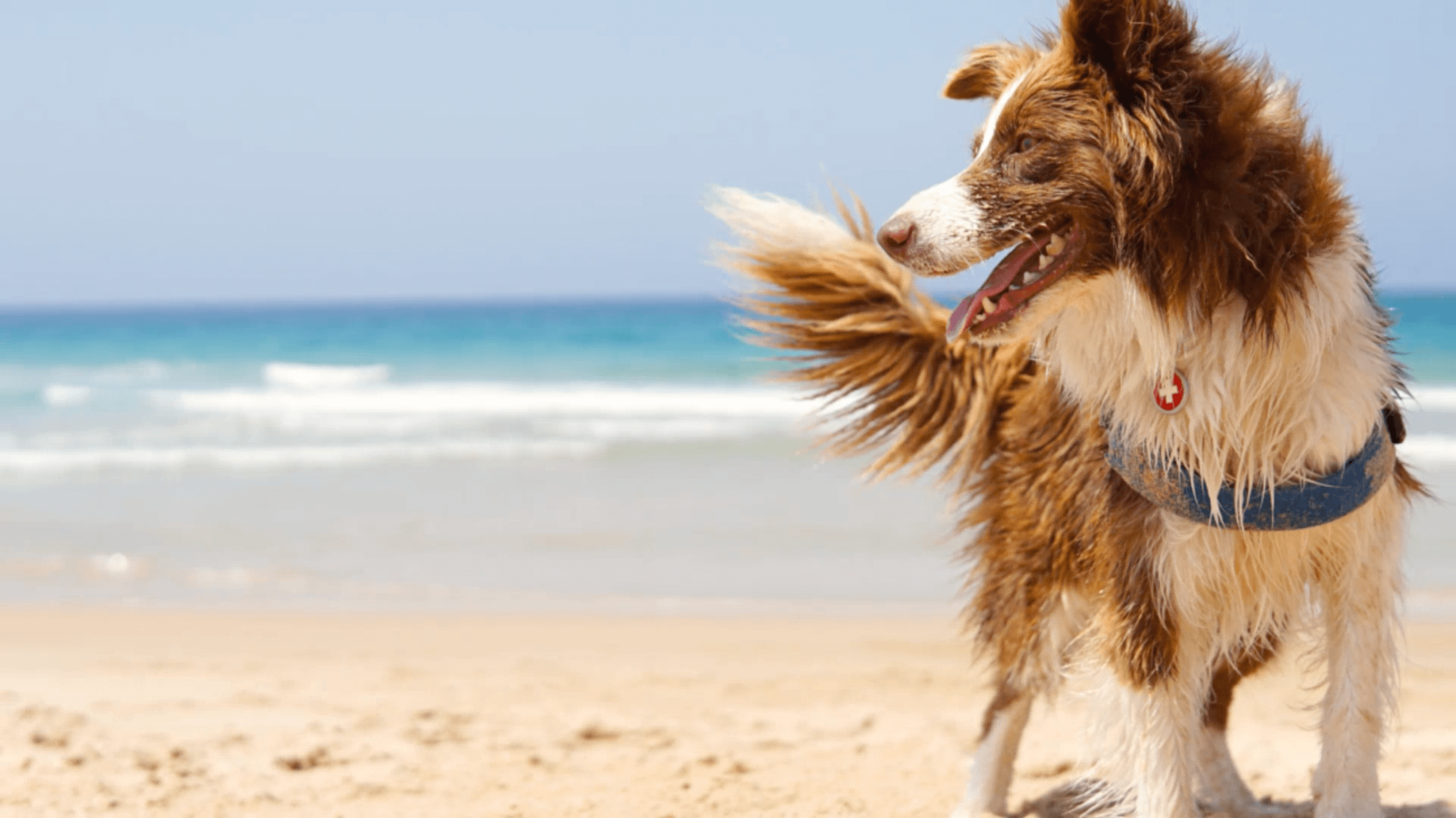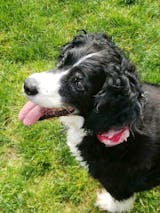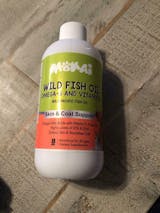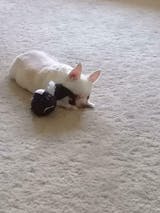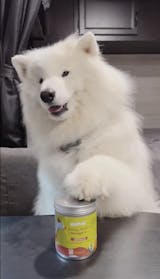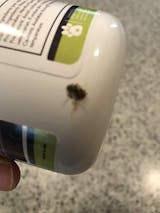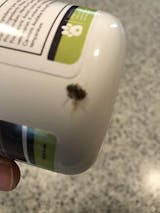Intense growling, teeth showing and nipping, if you see two dogs displaying these behaviors, don’t panic. These behaviors don’t always mean dogs are fighting, instead, they could be having the playing session of their life. But, how can you tell if dogs are playing or fighting? Let’s find out.
Has it ever happened to you that you go to the dog park, your pup is having fun with a friend, and all of the sudden you start to wonder if it has turned into something else? Well, this is something that happens to many pet parents.
Telling if our dogs are playing or fighting can be a difficult task because they may share some common behaviors, such as growling, nipping and teeth showing. But how can I tell them apart? Well, there are some subtle details that will help you find out if dogs are happily playing or aggressively fighting.
Before we jump right into it, let’s get something straight. Every dog is different. Not every pup behaves the same way, and not every behavior means the same.
This guide will help you understand the basics of playing and fighting conducts, but don’t take it as hard science. Remember that you know your dog more than anyone else, you can tell if they are enjoying a situation, or if they are scared and want out of it. Trust yourself and your pup.
Nevertheless, keep this guide in mind. It will help you understand dogs’ body language and its meaning.
Playing behaviors
The play bow
This is one of dogs’ most typical signals that shows they want to play. They put their front down, including their legs and head, and raise their bottoms. They are trying to say that they want to engage in a playing session.

Play growling
The play growling is quite different from the fighting one. When they are playing, the growling tends to be loud, continuous and, most importantly, with an open mouth. If two dogs are playing and you hear this kind of growl, don’t panic, they are playing. Always make sure to check if they are doing it open-mouthed, this is a key indicator.
Taking turns
Taking turns being the one who chases and the one being chased means that dogs are happily playing. But, this doesn’t always happen. If one pup stays in a more assertive role during the whole playing session, that’s okay too.
Experts from The Wildest made a study that showed that dogs who are playing don’t need to take turns being assertive. They can do it, but it’s not a 50/50 rule that needs to be abided.
Showing vulnerability
Making themselves vulnerable is another key indicator of dogs that are playing. How do they do this? By letting themselves “get caught” by the other dog, by “falling down” and by showing their bellies. They are giving their partner a competitive advantage, because their goal is not to defeat the other dog, but to enjoy themselves while playing.
Going back for more
If you are not sure if dogs are playing or fighting, try to identify this basic feeling: are they enjoying it? Do they go back for more? Or the second they are free from the other dog they run away or hide behind you?
This is an easy key indicator that will help you tell if dogs are playing or fighting. Remember that you know your dog more than anyone else, you will be able to tell if they are enjoying themselves or if they are uncomfortable.
Movement
If their movements are exaggerated, and they are acting bouncy and silly, this means that your dog is definitely playing with their friend.

Fighting behaviors
Tense body language
This means that the dogs have an overall rigid posture: they look stiff, their hackle is raised, tail is tucked and ears pinned back.
They also change the relaxed bouncy movements for short, efficient and quick ones.

Fight growling
The growling dogs make when they are fighting is a deeper one and sounds like a low warning. They also tend to do it with their mouths closed, which clearly differs from the play growling.
Run away
You can easily tell if an encounter two dogs had was a fight, if one of them runs away as soon as they can get rid of the other pup. In this case, they would look tense, uncomfortable and kind of shaky, and they would run away from the other dog as soon as they got the chance. They can even find refuge behind their owner.
How to avoid a fight on the dog park
Dog fights don’t only happen between pups who meet for the first time, but also between dogs that have been friends for a long time and have an established relationship. In order to avoid fights between both dogs that know each other, and dogs that don’t, there are some things you should keep in mind:
- Find dogs that match the play style of your dog. Some like to play rough, with intense growling, teeth showing and nipping. And they will find other pups that enjoy this style as well. But, there are some dogs that feel intimidated by this, it makes them uncomfortable and results in them wanting to leave the park. That’s why it's key to let your pup play with others that share the same style.
- Try to avoid bringing toys and food to the park because many dogs can feel possessive of them, which can result in a fight. The same happens with sticks and water bottles. If you see that a dog is beginning to act possessive of any of these objects, it’s best to leave them out of the picture.
- Avoid dogs ganging up. This happens when instead of only two dogs playing, there are more of them: three, five or even ten. Ganging up means that one dog has become the target of the other ones, and he is the only one being chased.




